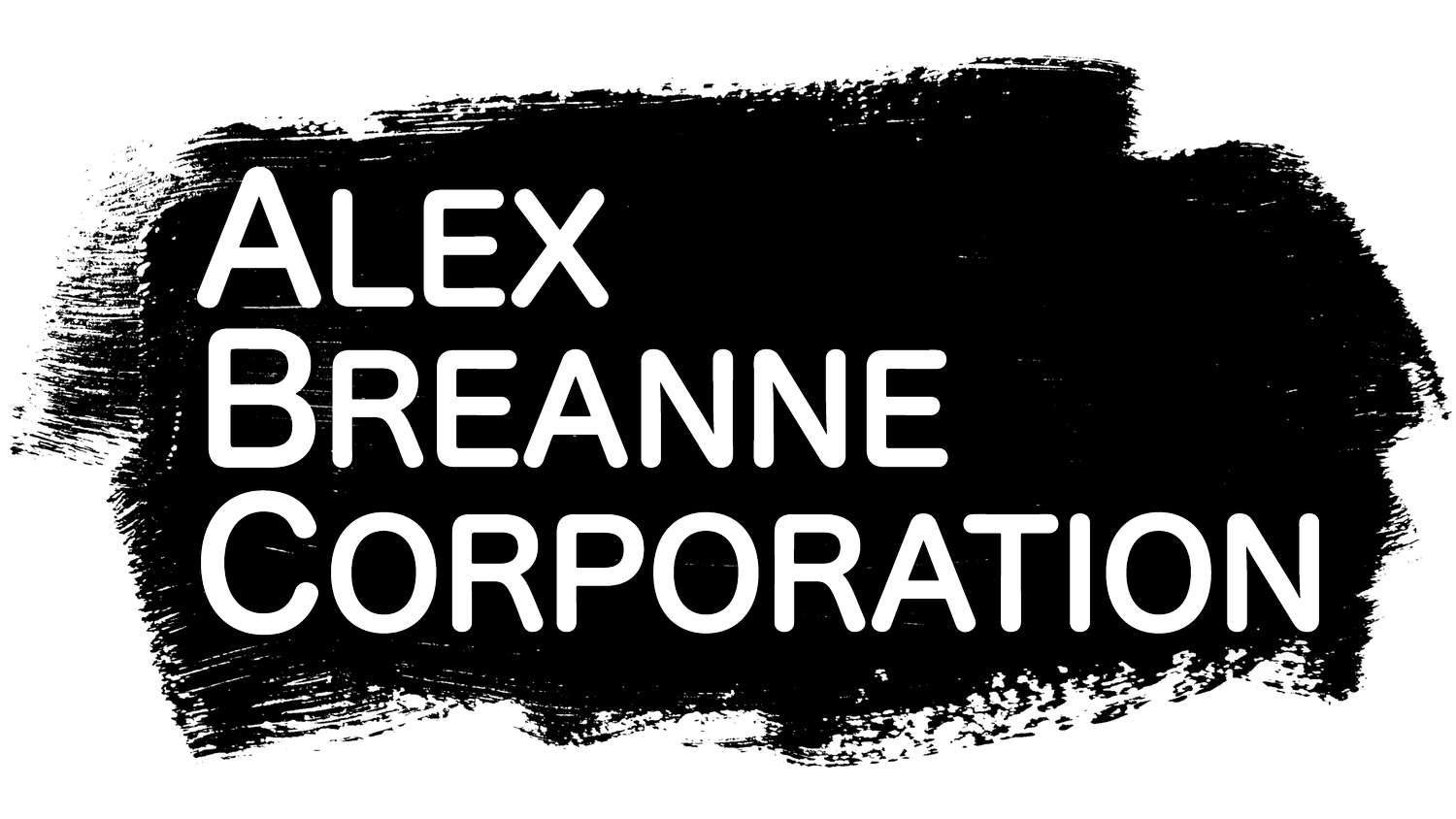Richard & Time Freeman
Richard (Dick) Freeman was a Waterbury, CT enslaved man in the 18th century. He’s referenced in the 1858 book by Henry Bronson entitled “The History of Waterbury.” Born in the 1740’s, he often talked about being taken captive while he was a child “on the shores of Africa” while playing in the sand. Dying at around 96 years old in on January 12th, 1835, his death was listed in records of St. John’s Episcopal Church of Waterbury.
Richard was said to have been sold many times, ultimately becoming enslaved by Reverend James Scovill, then Deacon Stephen Bronson of Waterbury. In Henry Bronson’s 1858 book, he wrote that Dick was with the understanding that “he might return when he chose.”
In 1772, Richard marry’s a woman name Time while they were both enslaved by Captain Moses Rice of Wallingford. Time then files for divorce from Richard in 1789 on the grounds of her husband’s adultery, but they still appear to be living under the same roof according to the 1810 census.
In 1792 Richard purchased a "small dwelling house" located in the eastern section of Waterbury, the deed witnessed by Preserved and Isaac Porter.
In the 1858 book by Henry Bronson, he recounts that Richard was a kind man who became blind in old age. He also says kids would play tricks on Richard because he was blind.
The story of Richard intrigues me due to the notion documented on the Mattatuck Museum website indicating that Richard was considered to be a “member of the family” by the Scovills and Bronsons.
Those words, ”member of the family”, are commonly stated words when stories of the enslaved are recounted by enslavers, their descendants. Those sentiments are also often disseminated in current day historical presentations. I see that as disingenuous. How could an enslaved man, lacking power due the prevalence of colorism within all aspects of his surroundings, present as anything other than aligning to biases against him as a means of survival? Thus, why would we continue to present the perspectives of the enslaver as to the relationship between the enslaver and the enslaved?
“Freeman” was a common surname adopted by former enslaved who were now considered free. The simple fact that they felt a desire to display their freedom as identity in their surname is enough to impress upon me the struggles of the time and challenges they surely continued to endure.
I plan to interrogate this.
Read more about Richard and Time’s story on the Mattatuck Museum website here.

